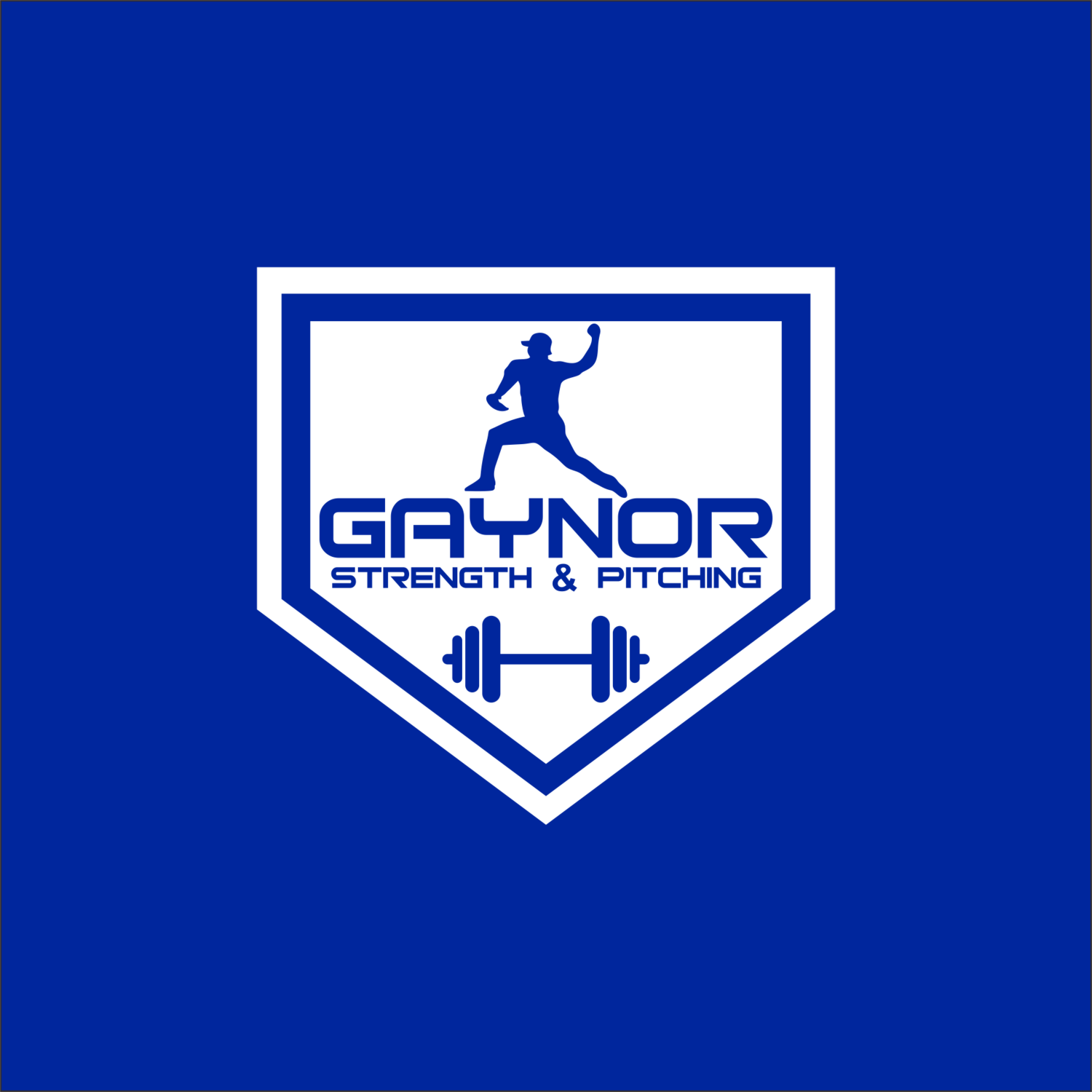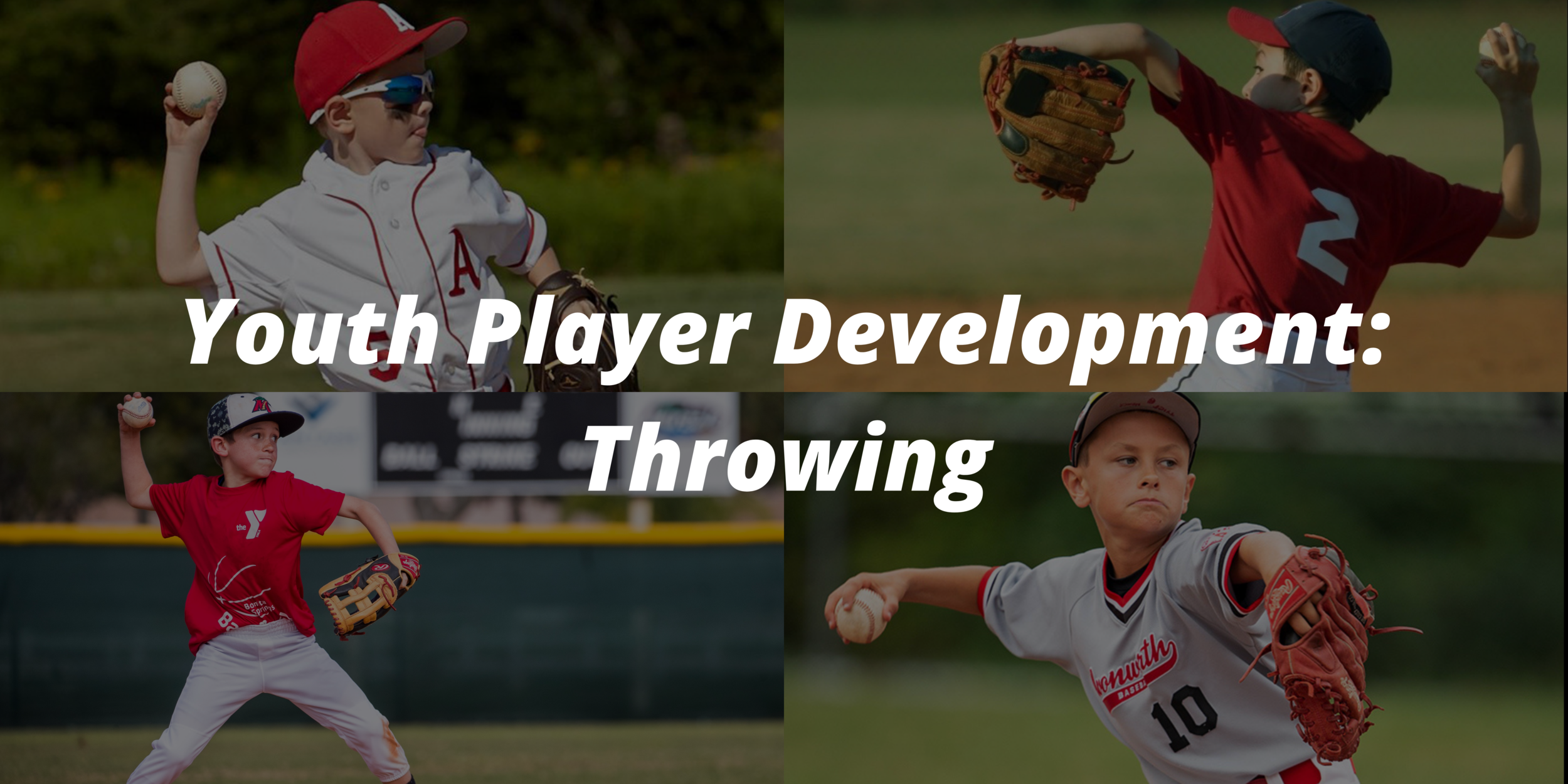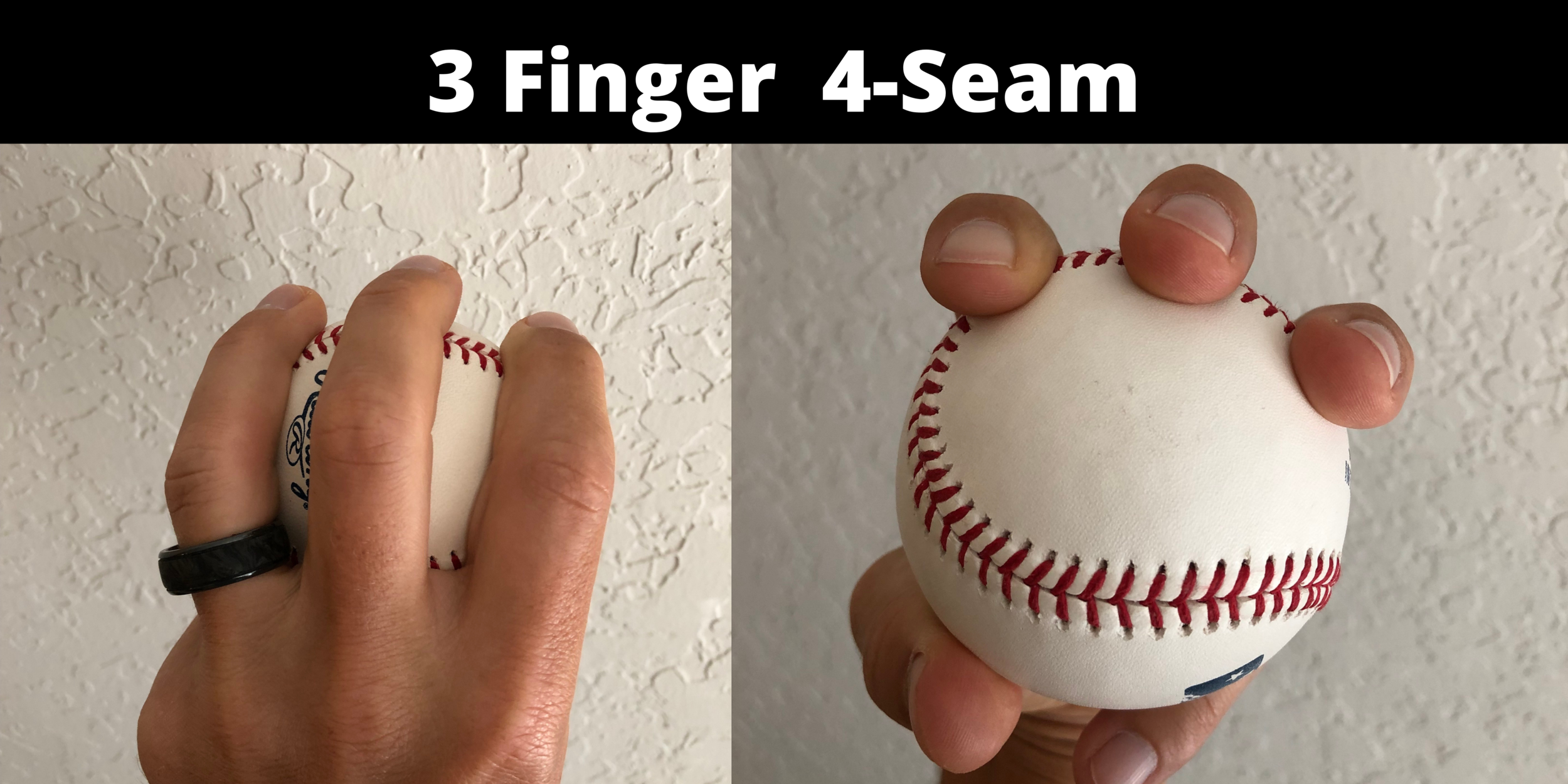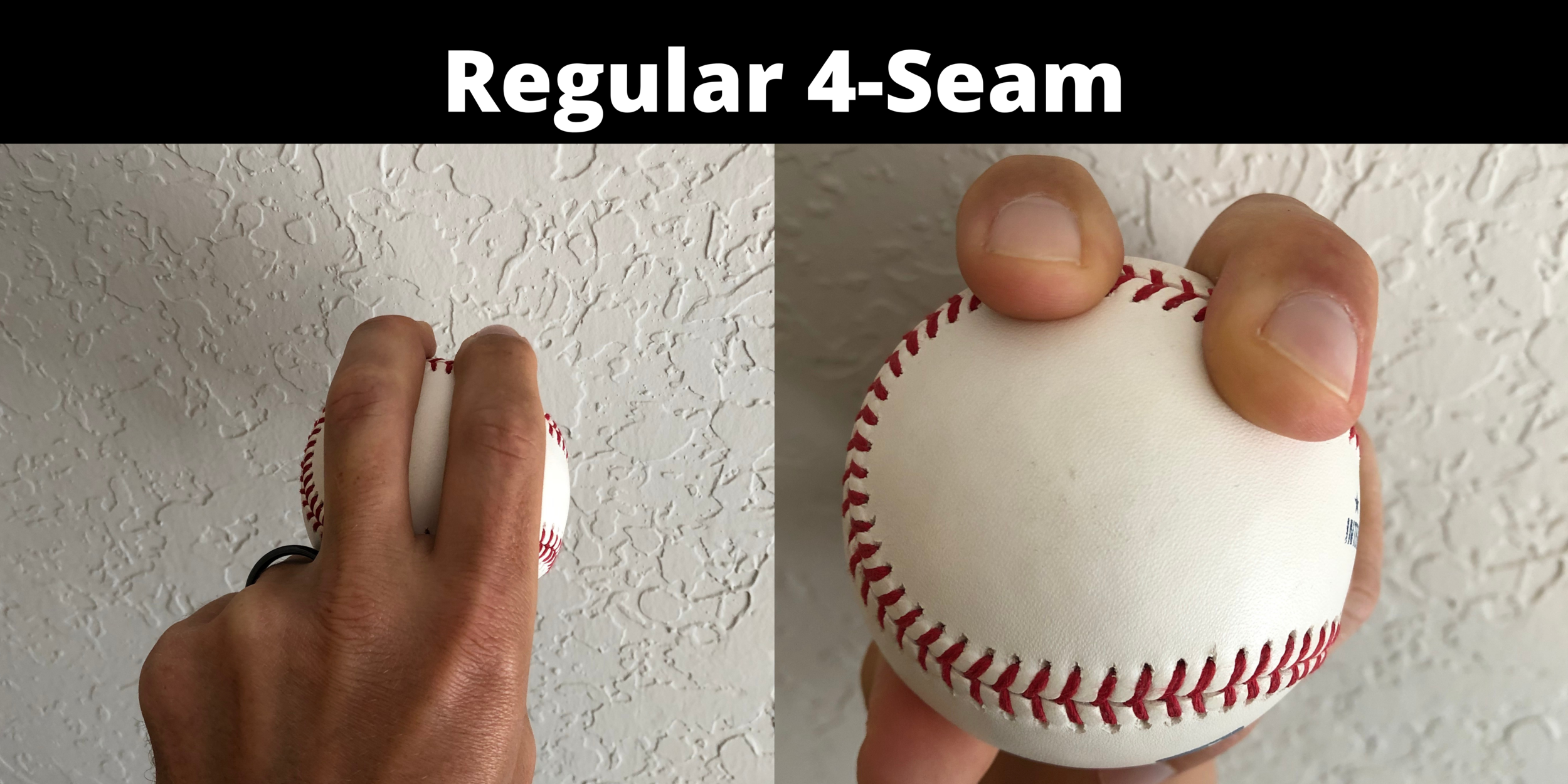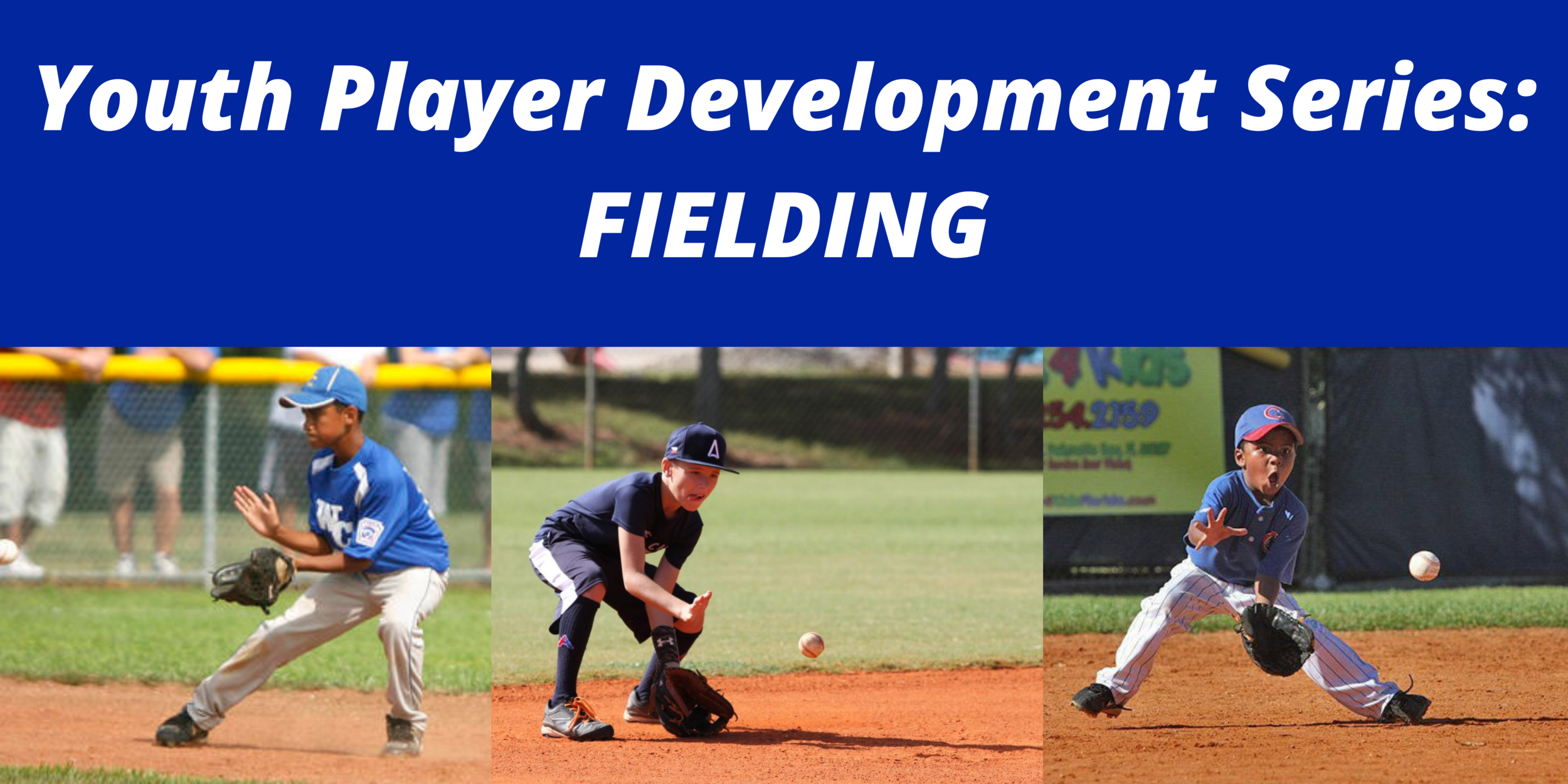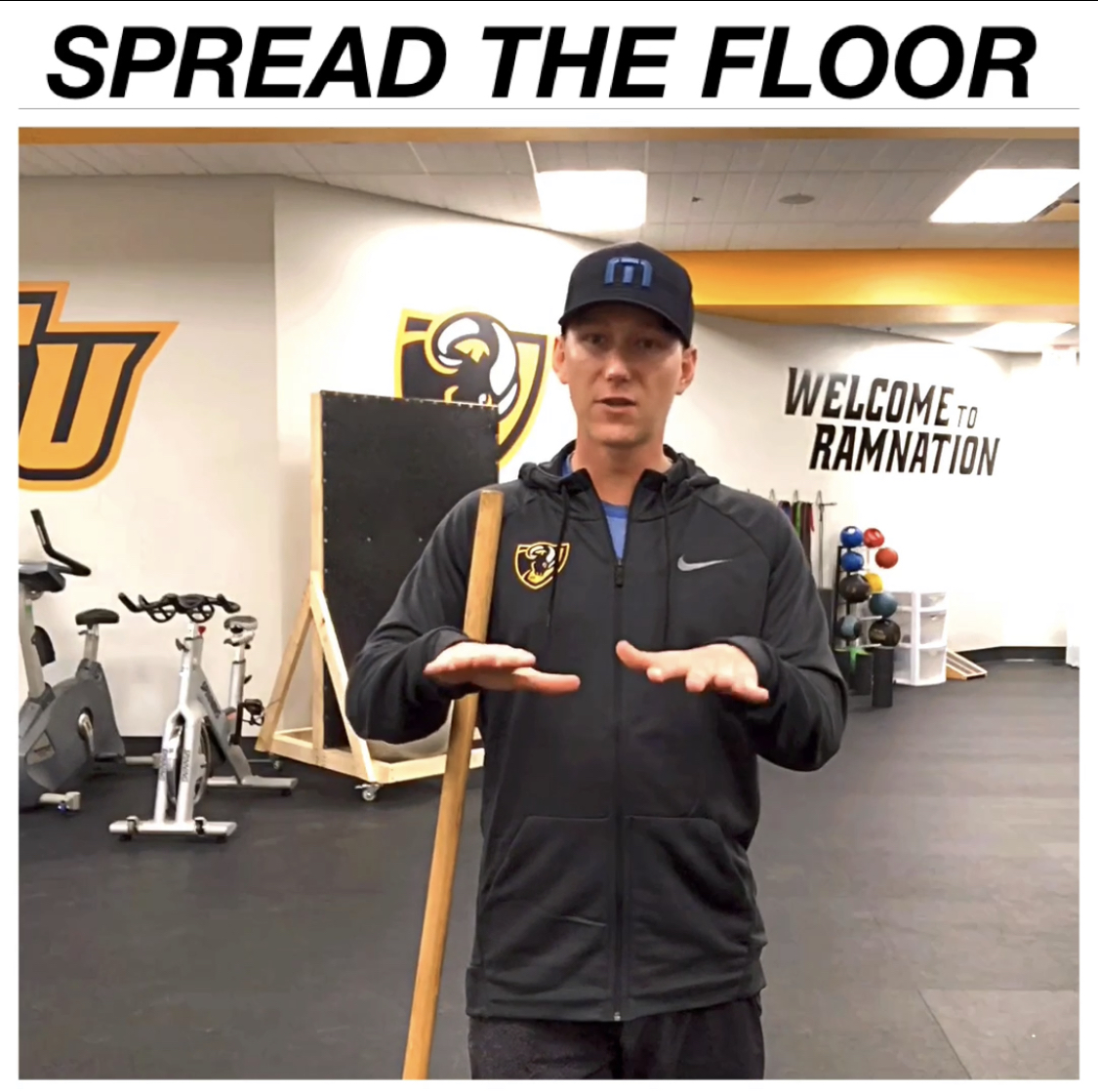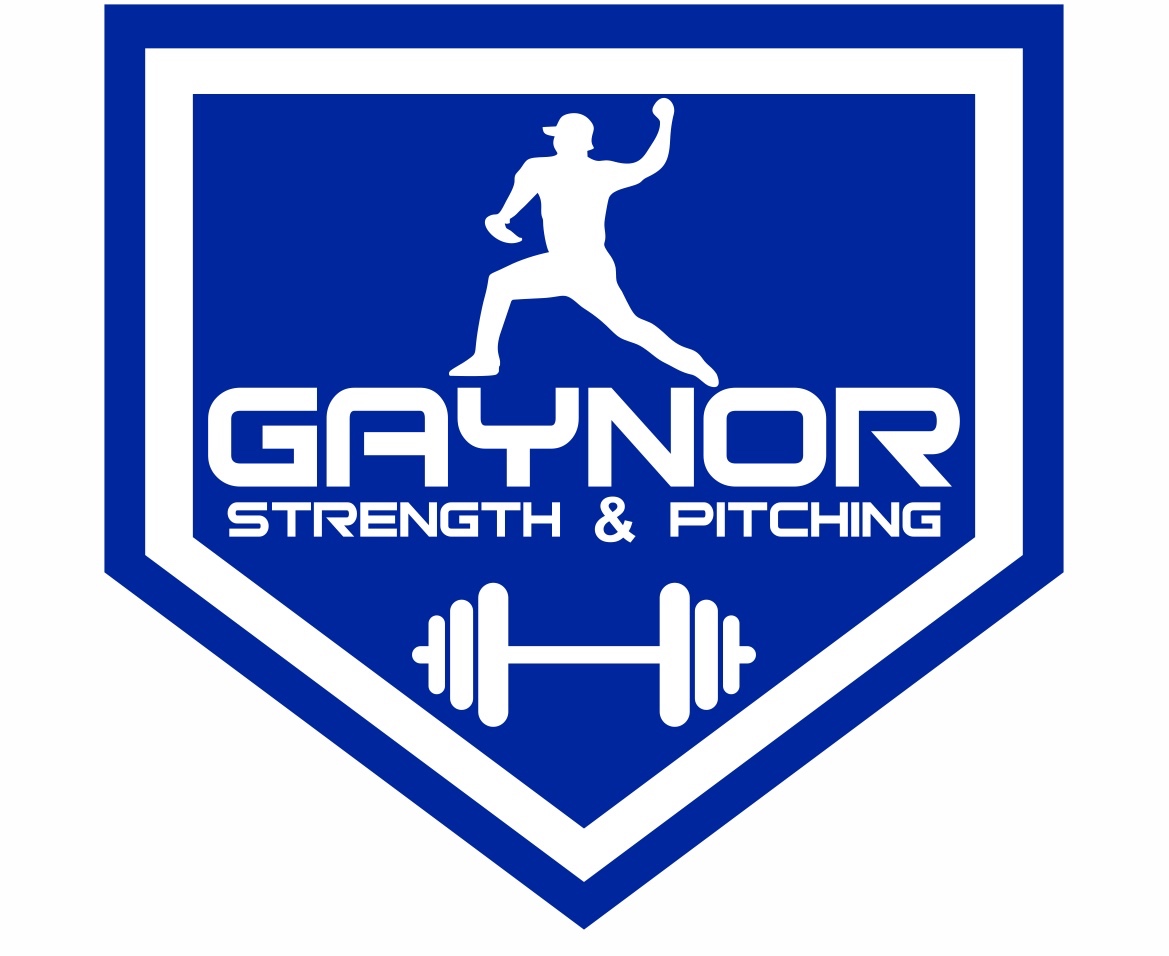When working with youth players, it can be difficult to know where to start. What I want to do in this 3 part series is to give you a road map to follow when working with kids.
The 3 areas of focus will be:
Part 1: Throwing
Part 2: Hitting
Part 3: Fielding
Over the next 3 weeks I will talk about each topic individually. There are obviously other details of baseball, but these categories cover the majority of what happens in a baseball game. If a player possesses these skills, they are well on their way to becoming a good baseball player.
Today, we are going to talk about throwing. Let’s dive in.
Gripping the baseball
Throwing is the most important things for a kid to learn first, in my opinion. Without having the ability to throw, it will be very unlikely a child will continue to play baseball. Throwing is necessary for every position and is a critical part of the game.
The first thing we need to do is to teach them how to hold the baseball. Depending on the age, most kids will need to throw a 3 finger grip because their hands are too small. As their hands get bigger they should shift to the regular grip. Both of these grips are pictured below.
A couple things to remember when holding the ball:
Have horseshoe on the outside of hand
Have finger tips on top of the seams to pull down
Hold the ball relatively loose
Throwing progressions
When teaching kids how to throw, I like to do it separate from playing catch. What usually happens is the kids are playing fetch more than catch. This leads to discouragement and tentative throws to try and be more accurate. Not to mention, younger kids can’t catch the ball even if it is thrown accurately.
Instead of playing catch, have the kids throw into a net starting off at a close distance. Focus on being athletic and throwing through the net. For the kids that can hit the net consistently from 30-45 feet can gradually start moving back. You can also use a radar gun to encourage them to throwing with intent and to show their progress over time. I haven’t met a kid that doesn’t want to be radared. Use it to the kid’s advantage and let them get competitive!
For kids that are relatively accurate, they can also throw to a coach or parent. Have the player progress the distance based on arm strength and accuracy. These could even be two separate days. For days that are focused on distance and arm strength, have them go near max distance. Another day could be more focused on accuracy where they go as far as they can while keeping the ball around the target.
Mechanics
There are very few things I want to tell a youth player mechanically. Something we will talk about is how to step and throw and how to shuffle throw. These are things they will need to do in a game, so I think it is important to show them these basic parts.
Another common mechanical piece I will touch on is staying closed with the front side. It is very common to see kids step and throw with their chest already facing the target. I usually can use a simple cue to improve this.
With anything mechanical, I try to demonstrate with my actions more than using my words. A kid might not understand what you are saying, but they can often understand by seeing it.
Promote AthletiCism
Look for ways to encourage fun and athletic throws. One of my favorite ways to do this is in the infield. Have the player go to shortstop with a ball in his glove. The player will then pretend to field the ball in any direction and make a throw to first base. They can come in like it’s a slow roller, deep in the hole backhand, right at them, to the glove side, etc. The idea is to make a quick and athletic throw with a jump, turn, lower arm slot, shuffle, or anything else that they can imagine!
Kids love this drill because their imagination can run wild and they are having fun. In the process they are making dynamic throws and challenging themselves in different positions. This can be progressed to you rolling or hitting the ground ball, but it shouldn’t take the focus away from the throw.
Recap
How to improve a youth player’s throwing:
Teach a 3 finger 4-seam grip if hands are too small for regular grip
Throw to a net or coach, instead of playing catch
Use radar gun to encourage athleticism and to track progress
Increase distance over time
Teach how to step and throw and how to shuffle
Avoid a lot of talk about mechanics
Use minimal verbal cueing - demonstrate more often
Make it FUN!
The last bullet point is the most important part of this whole post. If the kid isn’t enjoying it, he won’t continue playing baseball. Figure out what is most important to the child and encourage the parts he or she is enjoying the most.
Next week we will continue this series with hitting. Be sure to subscribe below if you haven’t already!
Enjoy the Process,
Jared Gaynor
